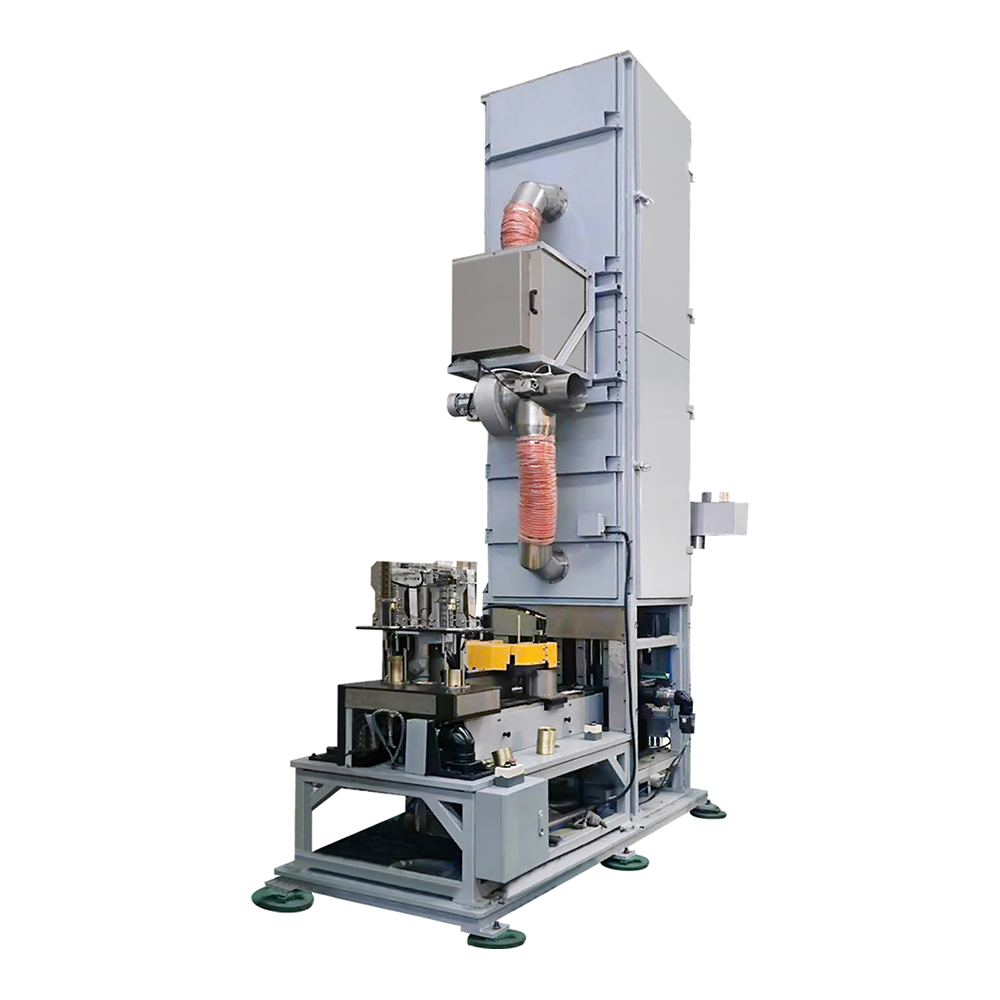Applicability of tin can lid end making machine for tin can lids of different materials
As one of the important equipment for tin can production, the performance and application range of tin can lid end making machine directly affect the quality and production efficiency of tin can lids. With the development of materials science and the diversification of packaging needs, the materials of tin can lids have been continuously enriched. In addition to traditional tin materials, aluminum, stainless steel, alloys and other materials have appeared. This raises a key question: Is the tin can lid end making machine suitable for the manufacture of tin can lids of different materials? This article will analyze this topic.
Equipment design and material compatibility
The original intention of the design of the tin can lid end making machine is to meet the needs of tin material processing, so its tools, molds and mechanical structures are usually designed according to the physical properties of tin. Tin is soft and easy to form, which makes the processing process of the machine smoother and the life and efficiency of the equipment can be guaranteed. However, with the application of materials with higher hardness or different surface treatments such as stainless steel and aluminum alloy, the processing difficulty faced by the equipment increases, the tool wear accelerates, and the processing parameters also need to be adjusted accordingly.
For different materials, the mold material and structure of the manufacturing machine may need to be improved, such as using more wear-resistant alloy tools to improve mechanical rigidity to cope with the processing pressure of harder materials. At the same time, the power system of the equipment needs to be able to provide stable and sufficient processing force to avoid machine jams or processing defects caused by different material hardness.
Adjustment requirements for processing technology
During the processing of tin can lids of different materials, the requirements for process parameters are also different. When processing tin materials, lower pressure and speed are usually used to ensure the molding quality. However, due to the high hardness of aluminum and stainless steel, the pressure and speed need to be increased during processing, and even cooling or lubrication systems may be required to prevent overheating and material deformation.
When facing different materials, the tin can lid end manufacturing machine should have the function of flexibly adjusting processing parameters. Modern equipment is generally equipped with a CNC system, which can flexibly adjust the pressure, speed and mold stroke according to the material characteristics to ensure the stability and efficiency of the processing process of different materials.
The impact of material diversity on equipment maintenance
When processing tin can lids with different materials, the maintenance requirements of the equipment will also vary. The processing of materials with higher hardness is prone to tool wear and machine fatigue, which requires strengthening equipment maintenance and periodic inspections. In addition, for the processing of different materials, it may be necessary to customize special molds, which will increase the replacement and maintenance workload of the equipment.
When designing tin can lid end manufacturing machines, equipment manufacturers usually consider material diversity, provide corresponding maintenance plans and spare parts support, and ensure that the equipment can maintain good operating conditions under different processing conditions.
Applicability evaluation and future development direction
On the whole, the tin can lid end manufacturing machine has a certain material compatibility, especially after appropriate adjustment and upgrading, it can meet the production needs of tin can lids of different materials. Whether the equipment is suitable depends on the flexibility of its design, the advanced degree of the control system and the diversity of supporting molds.
With the further development of intelligent manufacturing and material technology, the tin can lid end manufacturing machine will pay more attention to multi-material adaptability. Through the intelligent control system, the real-time monitoring and automatic adjustment of the processing parameters of different materials can be realized, and the versatility and stability of the equipment processing can be improved.
The development of high wear-resistant and high-strength mold materials will also help the equipment cope with more complex and diverse material processing challenges. Combined with sensor technology and big data analysis, the equipment can optimize the production process according to real-time data, reduce manual intervention, and improve production efficiency and product consistency.











